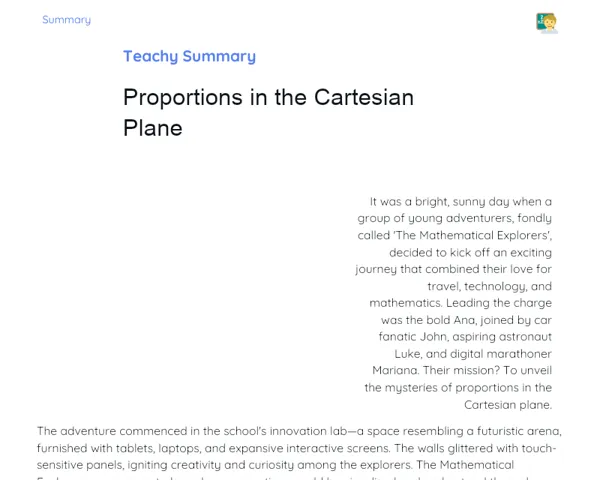Goals
1. Identify inscribed angles in circles.
2. Understand how inscribed angles relate to central angles and arcs.
3. Solve calculations involving inscribed angles.
Contextualization
Inscribed and central angles are key concepts in geometry and pop up not just in academic problems but in real-life scenarios. These concepts are essential in engineering designs, such as the mechanics of gears, the arches of bridges, and even in various artistic expressions. For instance, when engineers design a Ferris wheel, they apply these principles to ensure that every seat remains at the same height and distance from the center as the wheel rotates. Knowing how these angles interact aids in tackling complex geometrical challenges and constructing visually appealing and functional structures.
Subject Relevance
To Remember!
Inscribed Angle
An inscribed angle is one that has its vertex on the circumference of the circle, and its sides intersect the circle. This means it is formed by two line segments meeting at a point on the edge, thereby intercepting an arc of the circle.
-
Inscribed angles are made up of two points on the perimeter of the circle and one intersection point on the circumference.
-
The measure of an inscribed angle is always half that of the corresponding central angle that intercepts the same arc.
-
When inscribed angles intercept the same arc, they are congruent.
Central Angle
A central angle is one where the vertex is at the center of the circle, and its sides are two radii that reach the circumference. This angle measures the corresponding arc intercepted by these rays.
-
A central angle is formed by two radii of the circle.
-
The measure of the central angle equals that of the arc it intercepts.
-
Central angles are crucial for calculating and comprehending their relationship with inscribed angles.
Relationship between Inscribed Angle and Central Angle
The connection between inscribed and central angles is fundamental in circle geometry. An inscribed angle is always half the measure of the central angle that intercepts the same arc. This relationship allows for easy conversion between the two measures when one is known.
-
For example, if the central angle measures 60°, the inscribed angle that intercepts the same arc would measure 30°.
-
This relationship is often used to tackle geometric problems involving circles.
-
A clear understanding of this relationship aids in solving complex problems and creating accurate geometric designs.
Practical Applications
-
Engineering: Designing gear systems using inscribed and central angles for precision and efficiency.
-
Architecture: Crafting domes and arches in buildings to ensure they are safe and aesthetically pleasing.
-
Game Development: Creating visuals and animations that harness the geometry of inscribed and central angles for realistic effects.
Key Terms
-
Inscribed Angle: An angle with its vertex on the circumference of the circle and sides that intercept the circle.
-
Central Angle: An angle with its vertex at the center of the circle, with sides being two radii that intercept the circumference.
-
Arc: A segment of the circle's circumference marked by the sides of an angle.
Questions for Reflections
-
In what ways can a solid grasp of inscribed and central angles improve the accuracy of your engineering or architectural projects?
-
How might you apply your knowledge of inscribed and central angles in your daily life or future career?
-
What difficulties did you face while solving problems with inscribed and central angles, and what strategies helped you overcome them?
Practical Challenge: Building a Geometric Ferris Wheel
To reinforce your understanding of inscribed and central angles, you will be tasked with creating a prototype of a Ferris wheel, applying the concepts you've learned.
Instructions
-
Form groups of 4 to 5 members.
-
Utilize materials such as skewers, string, paper, scissors, and glue to build your Ferris wheel.
-
Ensure all seats on the Ferris wheel are equidistant from the center and at the same height during rotation, applying the principles of inscribed and central angles.
-
Discuss and plan with your group before commencing construction.
-
Present your prototype to the class, explaining how you utilized the geometric concepts you learned.



